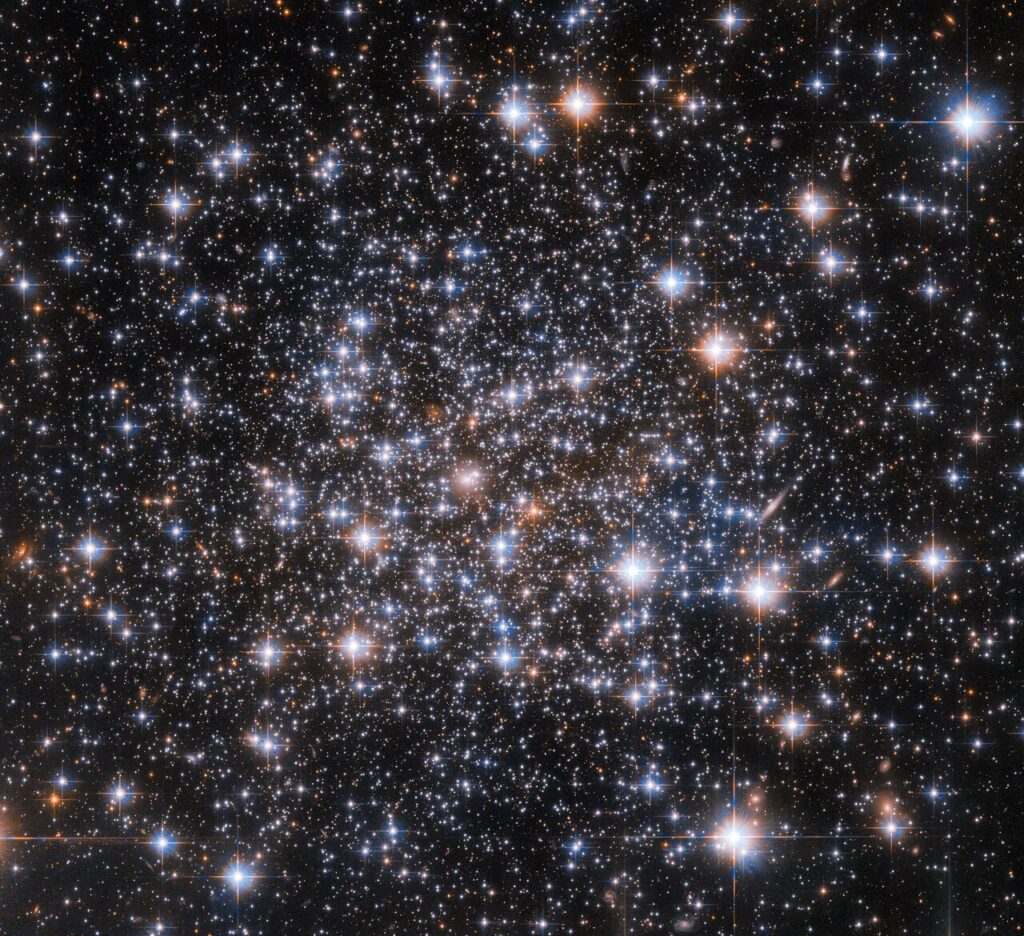The presented image obtained by the Hubble telescope demonstrates the Ruprecht 106 globular cluster. It is located at a distance of 69 thousand light-years from the Sun in the direction of the constellation Centaurus.

Astronomers used Hubble in an attempt to solve the mystery of Ruprecht 106. The fact is that although globular clusters, as a rule, consist of stars formed at about the same time, it is almost always possible to distinguish several groups of luminaries in them with minor differences in chemical composition. However, Ruprecht 106 is an exception to this rule. This cluster does not show traces of the presence of several populations of stars. Now, astronomers do not know what this anomaly is connected with.
The Ruprecht 106 image was obtained using the ACS (Advanced Camera for Surveys) camera. It is a “third generation” instrument installed on Hubble in 2002 during the third maintenance expedition. ACS replaced the Faint Object Camera that had been on board Hubble since the telescope was launched in 1990.
Earlier we talked about how the Hubble telescope photographed a “hidden” star cluster.
According to https://esahubble.org
Follow us on Twitter to get the most interesting space news in time
https://twitter.com/ust_magazine

